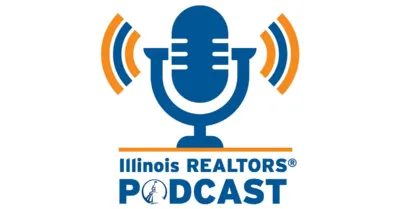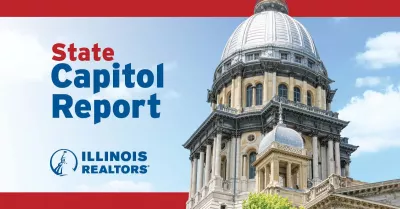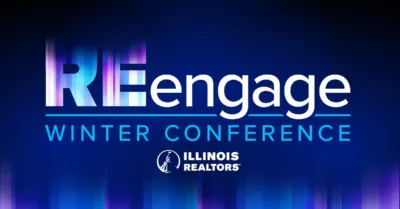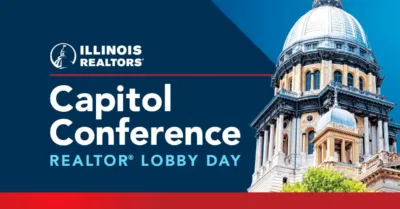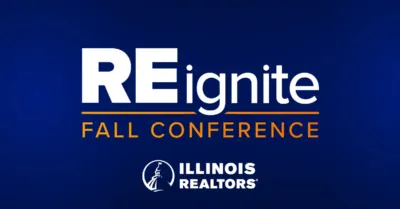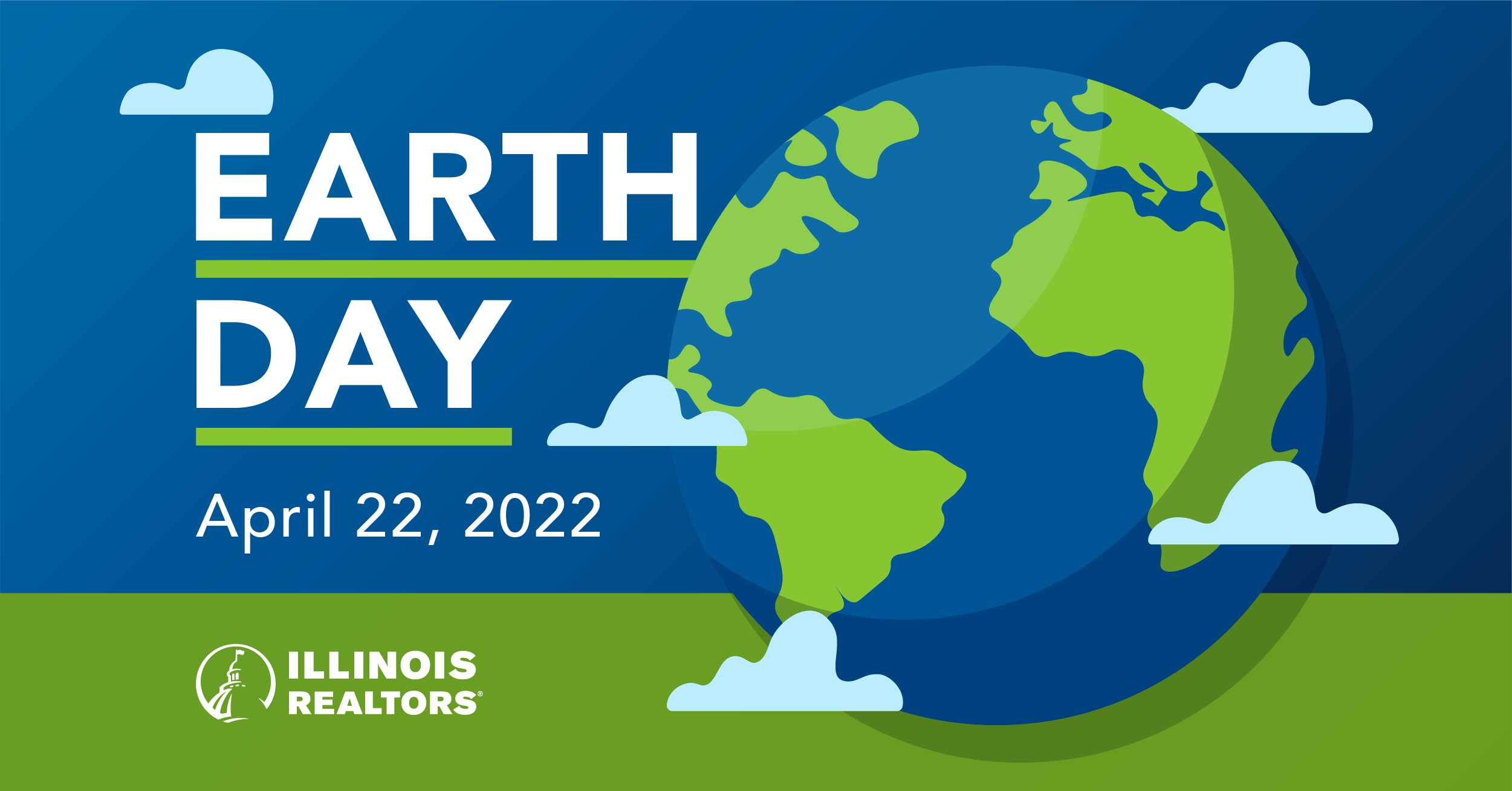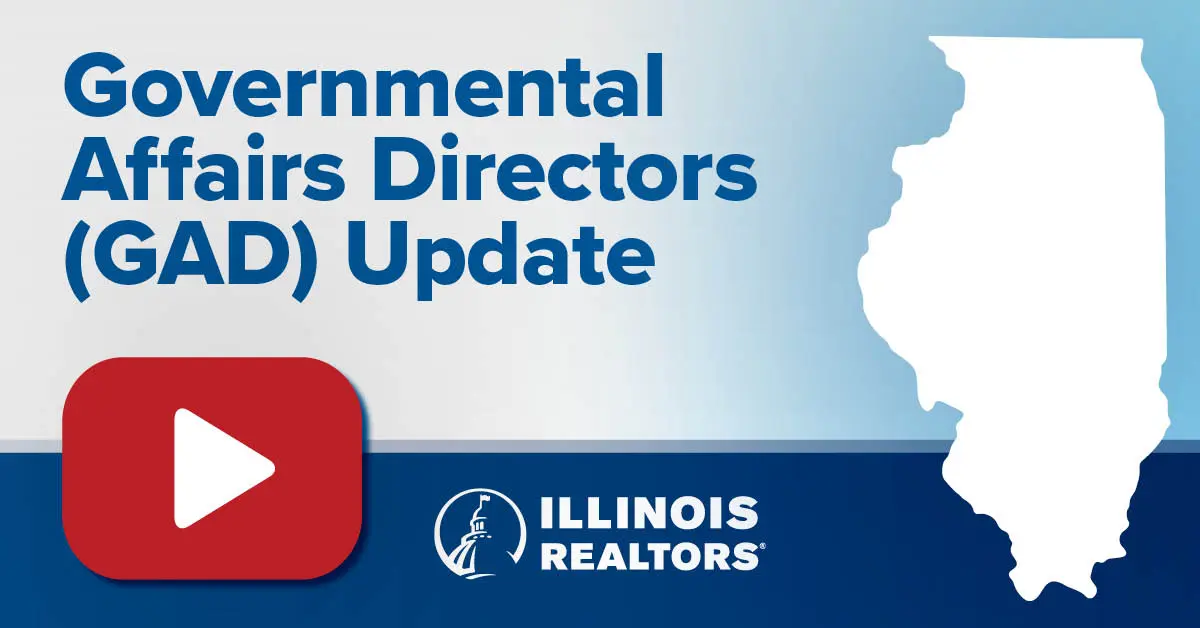REALTORS® across the state are supporting their communities by acknowledging Earth Day and improving their local environments by reducing waste, recycling, saving energy and more.
If you are looking for entertaining or informative ways to learn about the environment, try one of these Earth Day activities:
- Take the Earth Day Challenge 2022 – a project inspired by a 2007 Girl Scout project to save energy at home.
- Earth Day with NASA is free and offers live events, games, live chat with NASA experts.
- EarthDay.org offers a livestream event and ideas that can be implemented year-round such as participating or organizing a community cleanup, using sustainable fashion and planting trees.
- Read about the United Nations’ commitment to the environment and its celebration of Mother Earth Day. The UN offers a streaming event titled, “Harmony with Nature and Biodiversity,” information about climate change, a photo/video contest named #MyClimateAction and more.
Here are a few ideas you can utilize year-round:
- Learn about environment with family members
- Create a rain garden
- Composting
- Read books about the environment
- Saving energy at home
- Tree planting
- Plogging (pick up trash while jogging)
- Recycling
U.S. environmental milestones
Even before the first Earth Day was celebrated in 1970, Americans took steps that laid the foundation for protecting environmental resources:
- 1849 – The U.S. Department of the Interior is established and one of its duties is the management of public parklands. Today it is the nation’s main conservation agency.
- 1864 – Congress and President Lincoln create the nation’s first state park, 20,000 acres in Yosemite Valley, Calif.
- 1872 – Congress and President Grant create the world’s first national park at the headwaters of Yellowstone River in Montana and Wyoming.
- 1916 – The National Parks Service is established as a branch of the Department of the Interior. At that time, it had 14 national parks and 21 national monuments.
- 1935 – The General Wildlife Federation is established to educate the public about American wildlife and natural resources.
- 1968 – The National Wild and Scenic Rivers Act establishes a system for protecting rivers.
- 1970 – More than 20 million Americans marched, demonstrated and attended teach-ins on environmental topics in celebration of the first Earth Day.
- 1982 – Congress passes law for safe disposal of nuclear waste.
- 1985 – Scientists report a giant hole in the earth’s ozone layer opens over Antarctica during spring.
- 1990 – Congress passes Clean Air Act Amendments, requiring states to demonstrate progress in improving air quality.
- 1992 – EPA launches Energy Star Program to help consumers identify energy-efficient products.
- 1996 – EPA requires homebuyers and renters to be informed about lead-based paint hazards.
- 1998 – President Clinton announces Clean Water Action Plan to make America’s waterways safe for swimming and fishing.
- 1999 – President Clinton announces new emission standards for vehicles, and for the first time, the standards are the same for trucks and sports utility vehicles.
- 2007 – Arctic Sea ice hits all-time low of 1.93 million square miles.
- 2012 – Obama administration pushes for historic fuel efficiency standards to reduce greenhouse gas emissions.
- 2014 – U.S. Supreme Court rules that EPA has authority to regulate air pollution. Also, the UN Intergovernmental Panel on Climate Change releases report that predicts dire environmental consequences because of greenhouse emissions.
- 2020 – 50th anniversary of Earth Day.




